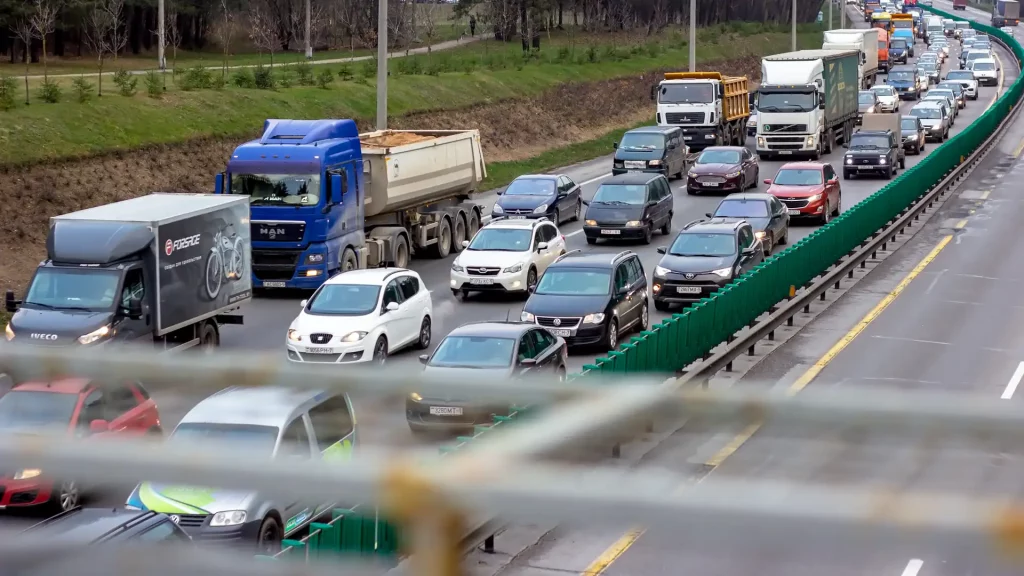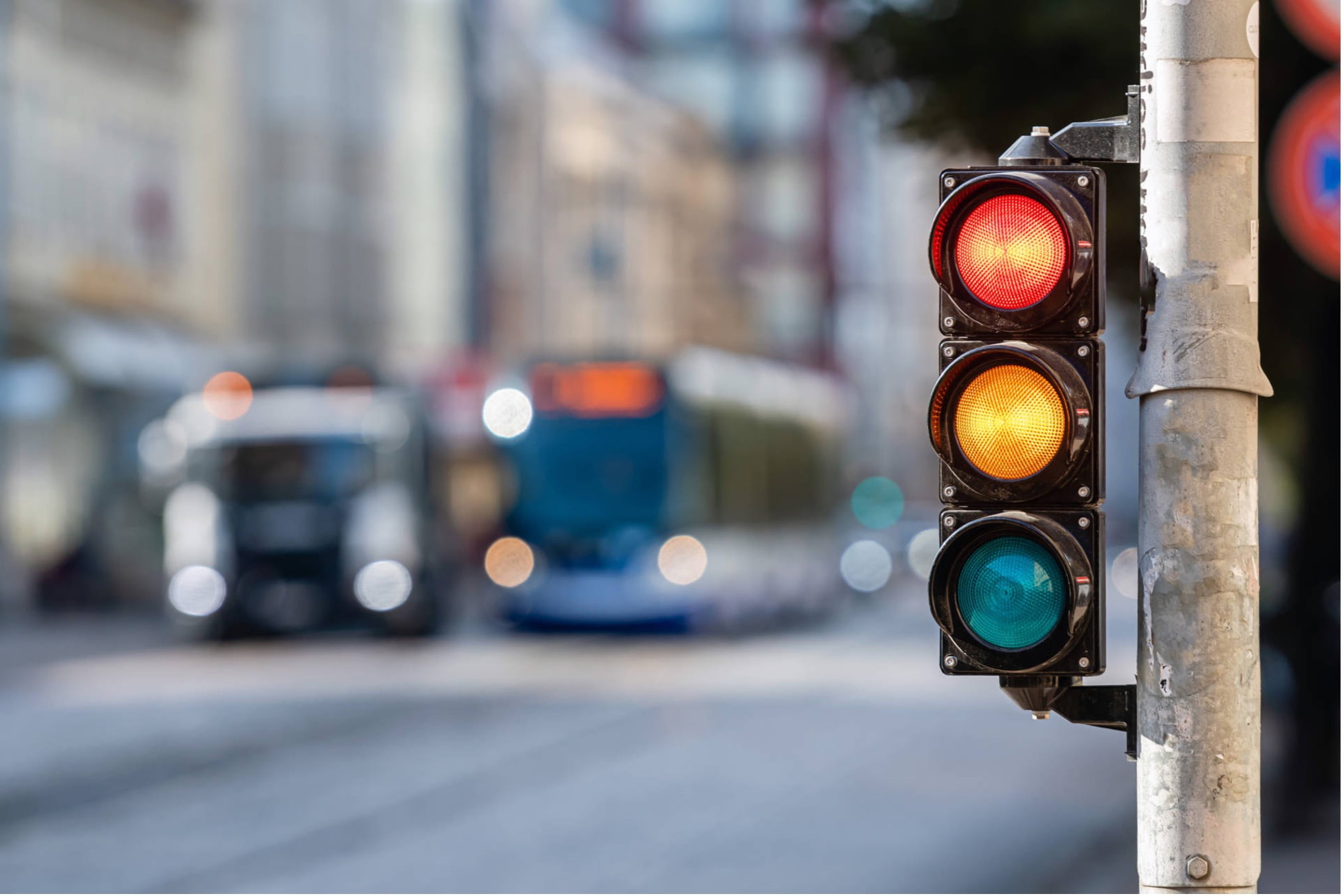A healthy and efficient urban environment can have a massive positive impact on the quality of life for locals. When considering your traffic management system, understanding the five pillars below will give you a strong base to create the smooth urban operation you want.
1. Traffic Engineering
Traffic engineering is the design behind the physical function of our roads and a core traffic management service. Think of it as an intricate dance choreography with each movement perfectly orchestrated. Traffic engineering involves the application of scientific principles and techniques to design and implement traffic control systems, infrastructure, and strategies to enhance overall traffic flow. By analysing patterns, studying behaviours, and considering factors like road design, traffic volume, and peak hours, traffic engineers devise solutions to minimise congestion and maximise efficiency.
In modern cities, traffic engineering offers a host of advantages. Flow optimisation lessens congestion, leading to shorter commutes, heightened productivity, and decreased stress. At the same time, its attention to safety measures and accident analysis results in safer roads and fewer accidents. With the integration of smart technologies like intelligent signal systems and data analytics, traffic engineering propels the advancement of interconnected smart cities.
2. Traffic Education
Traffic education relates to the average driver’s skill level when making driving decisions. The education process will often start from a young age when people get their licenses and learn the road rules through a formal tested setting. However, traffic education does not stop there. Tools like instructional videos or educational signs on the roads can play a large part in forming and maintaining safe and efficient driving habits.
Traffic education plays a pivotal role in an effective traffic management system. Imparting knowledge about road rules, safety guidelines, and responsible driving behaviours equips individuals with the skills needed to navigate roadways safely and efficiently. This education fosters awareness, reducing the likelihood of accidents and congestion.
Ultimately, traffic education enhances public safety, minimises disruptions, and promotes a culture of responsible driving – all of which are essential for a well-functioning and organised traffic management system.
3. Traffic Enforcement
Traffic enforcement plays a vital role in upholding and safeguarding our traffic management systems. Law enforcement agencies will be the primary organisations involved when applying traffic enforcement. Police can make arrests, issue tickets and warnings, and provide education to discourage violations of road rules and prevent dangerous driving. Holding drivers to the laws of the roads will also serve to increase safety and the efficiency of the roads, just like the points above.
4. Traffic Ecology
Traffic ecology is the effect traffic systems and management have on our health, immediate environment, and climate. It considers vehicular movement alongside other factors like urban planning, pollution, public health, and social dynamics. Understanding traffic ecology is crucial as it allows us to develop comprehensive strategies that balance mobility and sustainability needs.
When building roads or traffic hubs, close attention must be paid to how it will affect population growth, air quality, and emissions. Traffic systems in urban areas should address fumes affecting residents. If a road is being built through an area with vulnerable wildlife, care must be taken to mitigate any poor outcomes to the surrounding habitat.

5. Traffic Economy
The fifth pillar of our traffic management system is traffic economy. Traffic economy relates to how a traffic system will affect the economic prosperity of an area and the wider implications on product pricing and supply.
If an area is significantly congested with traffic, this can considerably affect things such as the people getting to work or businesses receiving their essential supplies. An uncongested traffic system can improve the economic value of an area, ensuring worker and supply access for businesses.
Building Better with TSL Group
If you’re looking for further advice on traffic management systems or services for your civil construction, then TSL is here to help. We provide a variety of services, from traffic light maintenance to construction traffic management. Contact our friendly team today to learn more about our services.
Frequently Asked Questions
What are examples of traffic management systems?
Traffic management systems encompass various technologies and strategies to regulate traffic flow. Examples include intelligent traffic lights, variable message signs, congestion pricing, and adaptive signal control. These systems optimise traffic patterns, reduce congestion, improve safety, and enhance overall transportation efficiency.
What are smart traffic management systems?
Smart traffic management systems are advanced technologies that use data analytics, sensors, and real-time monitoring to regulate traffic flow. They optimise signal timings, detect congestion, and provide dynamic routing information. These systems enhance traffic efficiency, reduce congestion, and improve urban mobility.
What three things control the flow of traffic?
Traffic flow is influenced by three key factors: traffic signals, road design, and driver behaviour. Traffic signals dictate movement, road layout guides traffic, and driver actions like speed and merging impact overall flow.


